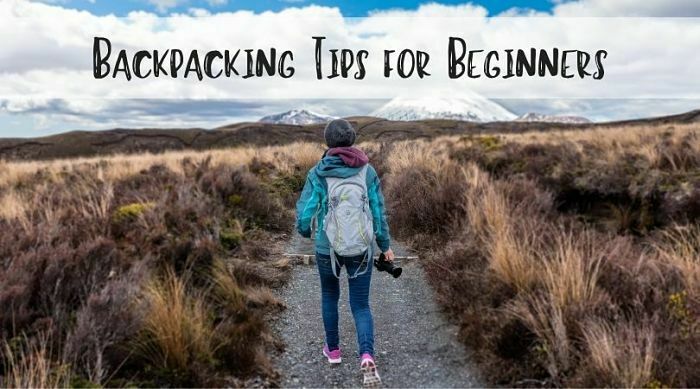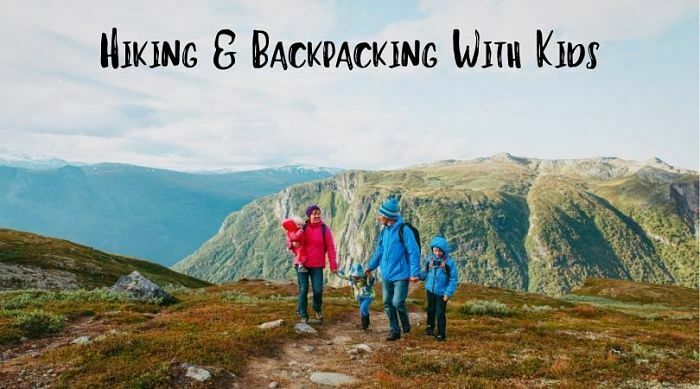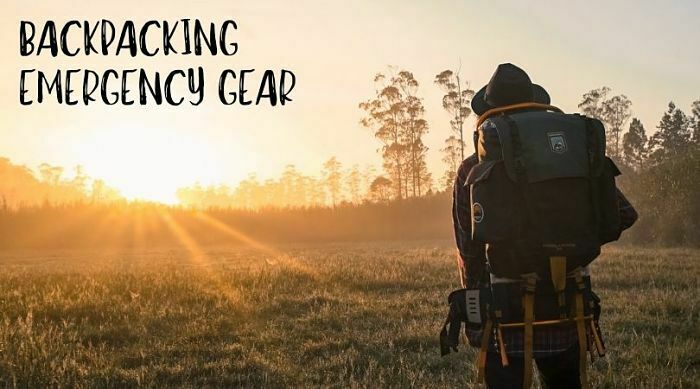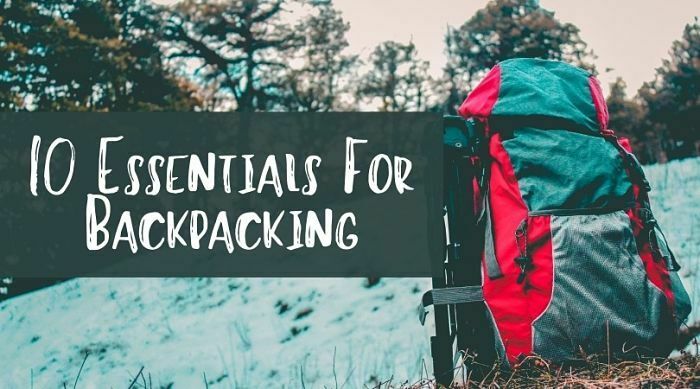Getting outdoors to enjoy nature is not only a gift, but a calling. Many of us like being outdoors, whether sitting outside at your favorite restaurant or strolling through a park on a beautiful day. Being outdoors is a desire that is ingrained in each of us.
One of the many ways you can enjoy the outdoors, and get in a good workout, is through backpacking or hiking. If you’ve never hiked before, don’t worry. This article will help guide you through all you need to know to make your first experience with backpacking a successful one!

Day trips are a great way to get started in the business of backpacking. They can be strenuous, but they don’t have to be! Most day hikes take place in a park or on well-established trails. Some day hikes are more of an exploration and will take you into more uncharted territory.
Overnight hikes can be fun and adventurous, but usually take more endurance and planning. Depending on your intent, it is important to know what kind of gear you should pack.
Gear
The first thing to do is decide what kind of backpacking trip you intend to go on. Are you doing a day hike through a park or planning an overnight trip through more rugged terrain? What are your physical capabilities? When was the last time you moved your body more than a mile or two? All these considerations will help you determine what kind of gear you need to purchase, or borrow, for your trip. When planning your backpacking trip, start with the basics:
Backpack
Obviously, if you are spending hours out in a trail, you will need something to carry all your gear. A backpack is a great place to start. Remember when you are purchasing your backpack, you want to go with what is most comfortable to you. It needs to fit nicely on the hips and shoulders, and it should have ample padding. For day trips, you won’t need a backpack that can house a tent and sleeping bag, but one that snaps around your waist would be a good option. For an overnight trip, you will need to consider a pack that can hold a tent, sleeping bag, sleeping pad, ample food, and plenty of water, as well as essential gear such as headlamps, flashlights, flares, first aid kits, and extra clothing.
Clothing
Consider the season and the type of weather you’ll be backpacking in. Then, determine your clothes for backpacking. One of the best materials for hiking is a wicking material because it helps to keep your skin dry and cool. It’s a good idea to start your hike off wearing layered clothing so you can remove layers as you warm up. Thermal underwear is a good base layer to have when hiking in cold weather, followed by a t-shirt (or wicking sports shirt), shorts, and nylon pants. A lightweight fleece or vest is another great layer to have, followed by a jacket.
If it’s winter, pack gloves and a winter hat. A baseball cap or wide brimmed hat is another great addition to your wardrobe to block the sun and protect your skin from sunburn. Next, you need to decide what kind of shoe fits best for you. Are you in need of a sturdy hiking boot or will a lightweight trail running shoe work better? Pair your sturdy, comfortable shoes with breathable socks. Finally, bring a waterproof layer in case you encounter a storm while you are out.
Nutrition
Water, water, water! It cannot be stressed enough how important it is to have plenty of water while backpacking. In fact, you should consume more water on a hike than you do on a daily basis. Remember, you will be exerting yourself and want to ensure you have the proper hydration. Some backpacks feature built in hydration bladders, or you can purchase separate hydration packs to easily transport your water.
Plan your meals and snacks as well. If you are going to be on the trail all day, make sure you have enough nutrition. High calorie and high fat foods are best. You can pack protein bars, dried fruit, and other small, easy to carry nonperishable foods. If you plan to be out on the trail for more than one day, consider that you will need at least 3 liters of water a day and at least 200-300 calories per hour.
Know Your Way
It is always important to plan out your trip ahead of time by reviewing the trails you’ll be taking. Make sure that you have a map, a compass and/or GPS system, and a good sense of where you are planning to go. Do not leave the trails and be sure you tell a park ranger and/or family and friends what your plans are and let them know what time they can expect you to return. If you are hiking into the backcountry, you’ll also need to check with rangers to secure a permit if one is required.
Other Essentials
Make sure you have an appropriate weather-rated sleeping bag and sleeping pad as well as a lightweight tent to carry if you plan to go backpacking overnight. Pack a flashlight and headlamp with extra batteries. You may also want to pack a small camp grill with butane canister for cooking meals such as ramen noodles and oatmeal. You should also bring a water purification system so you can have access to drinkable water if you run out on the trail. Sunglasses, sunscreen, and bug spray are also important, as well as matches or a firestarter. For a more detailed description about what to pack, read The 10 Essentials for Backpacking.
Getting in Shape
Being out on the trail is not an easy feat and should not be attempted if you are not in the right shape to do it. If you are just starting out backpacking and do not have a good athletic base, start small. Carry a backpack with weight in it while you walk around to help build back and leg muscles. Make sure you drink enough water as you practice. Consider always hiking with a buddy for safety and encouragement.
Final Thoughts
Remember that backpacking is an excellent way to get outside and enjoy nature. Just remember that when you are finished enjoying nature, that you leave it just as you found it, if not better. Make sure that you respect the earth so that generations after you can enjoy it as well.


